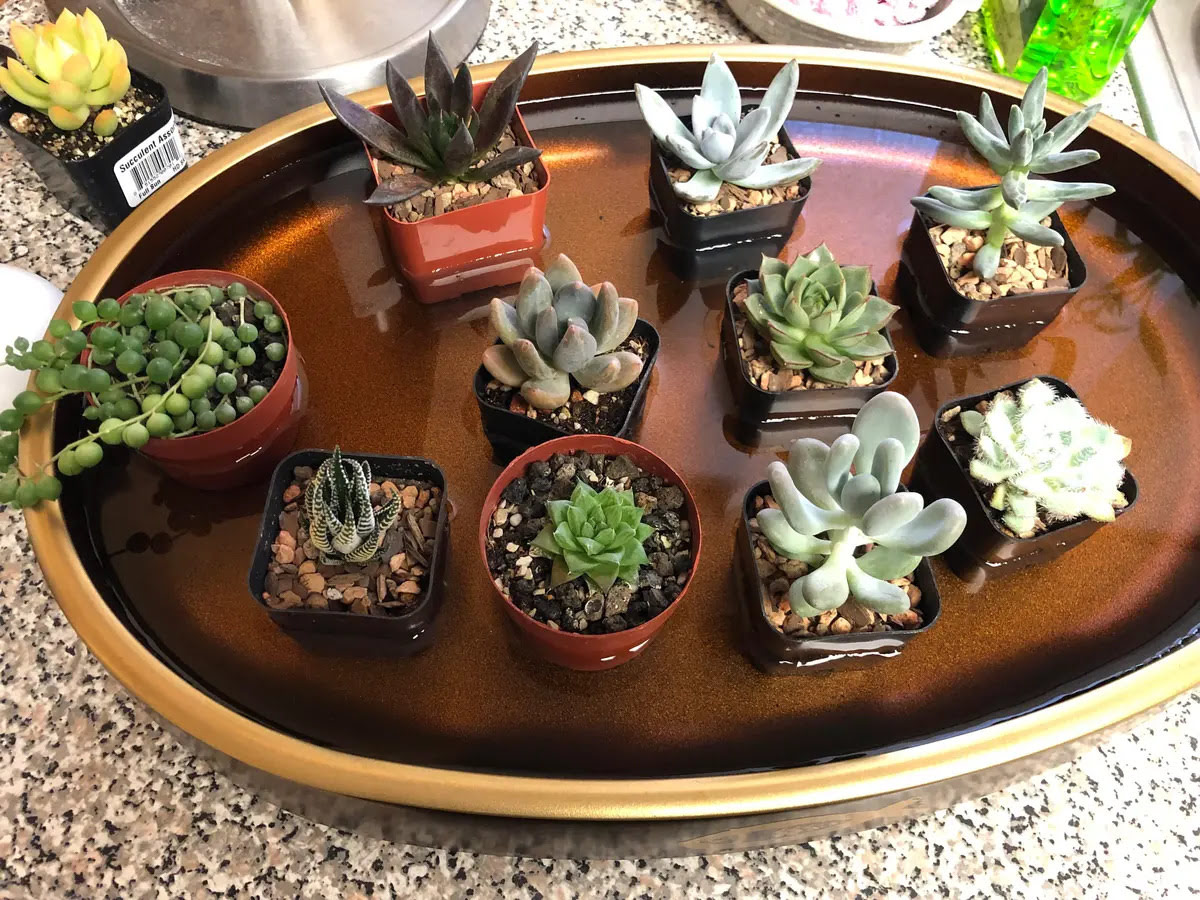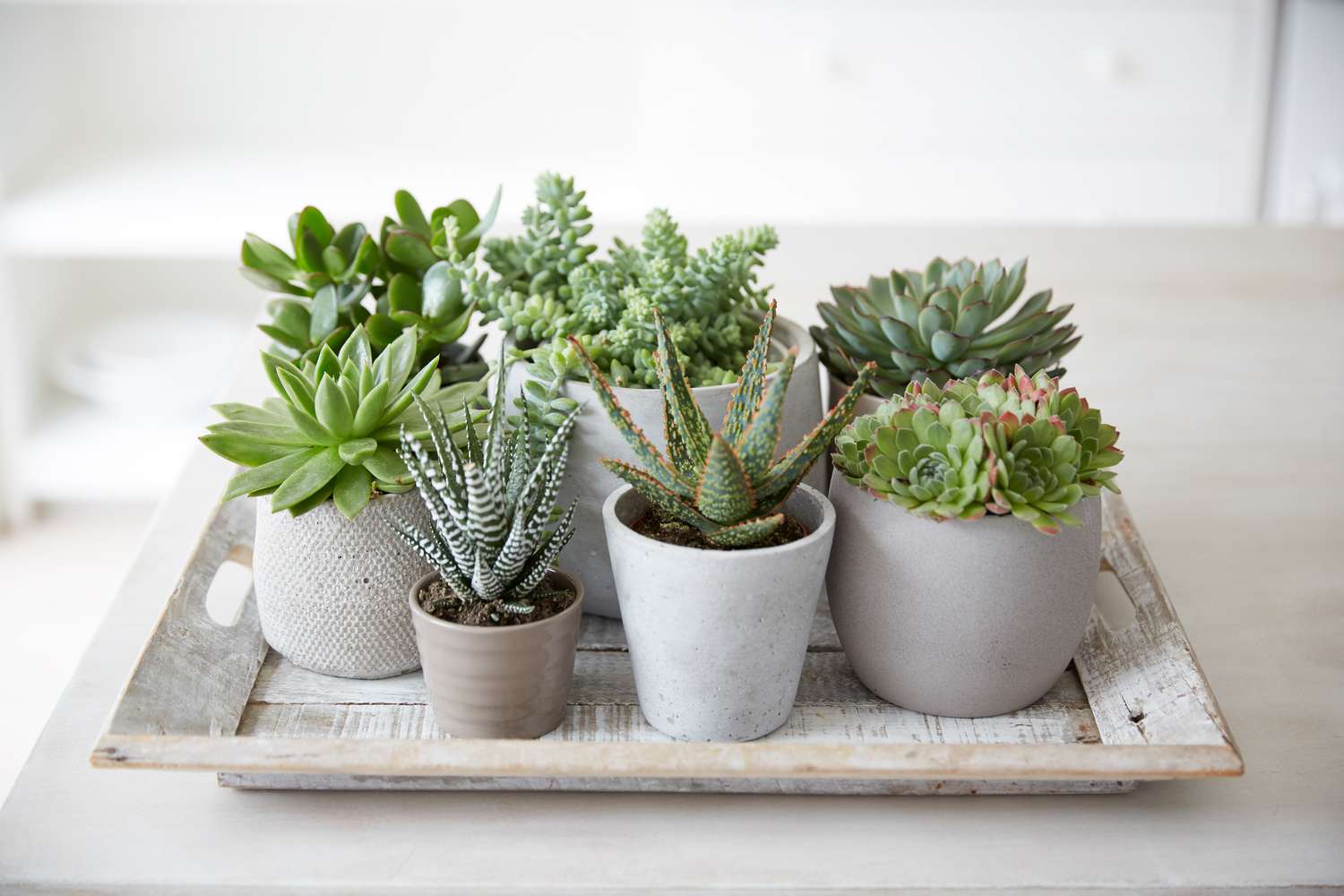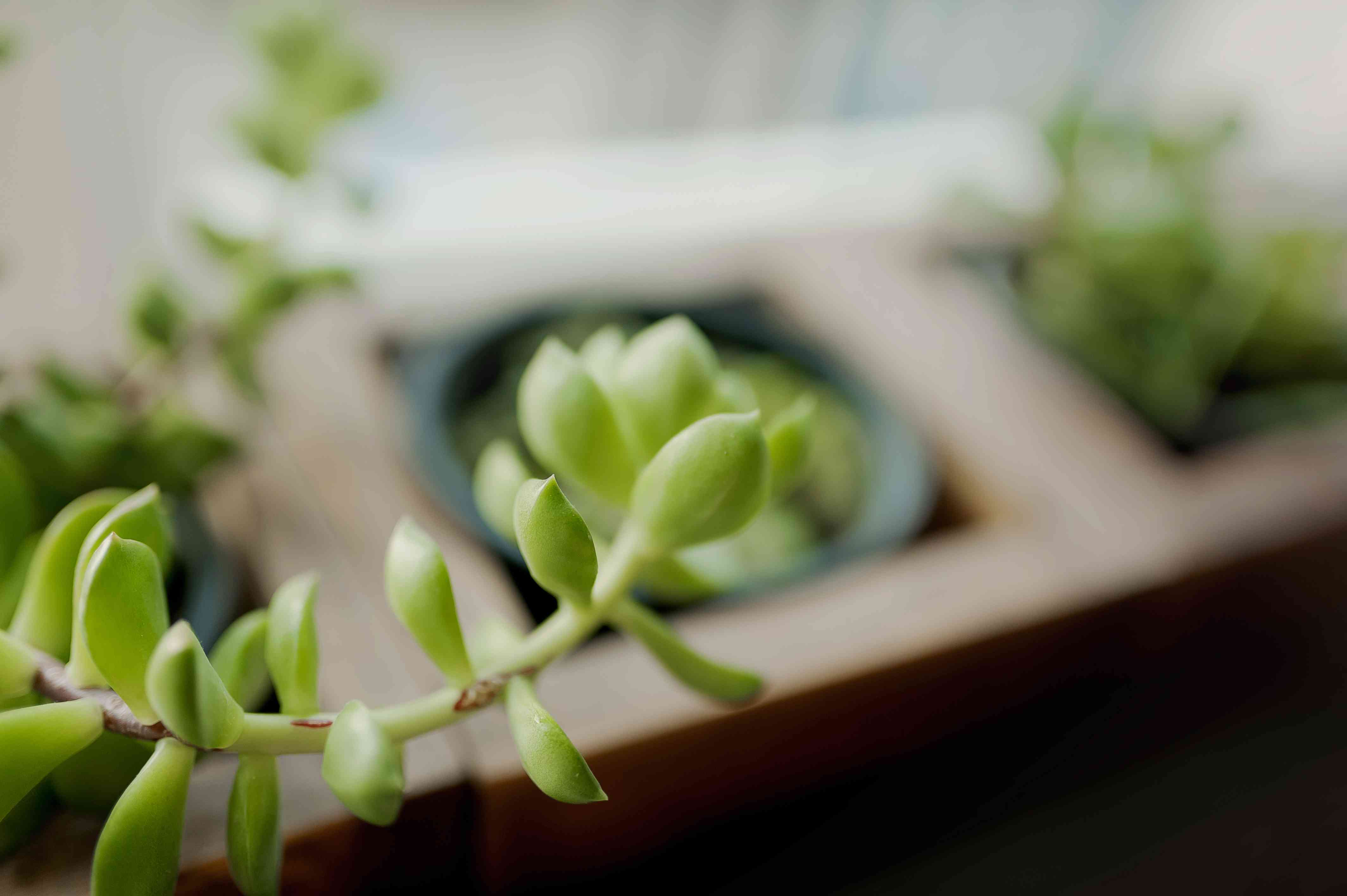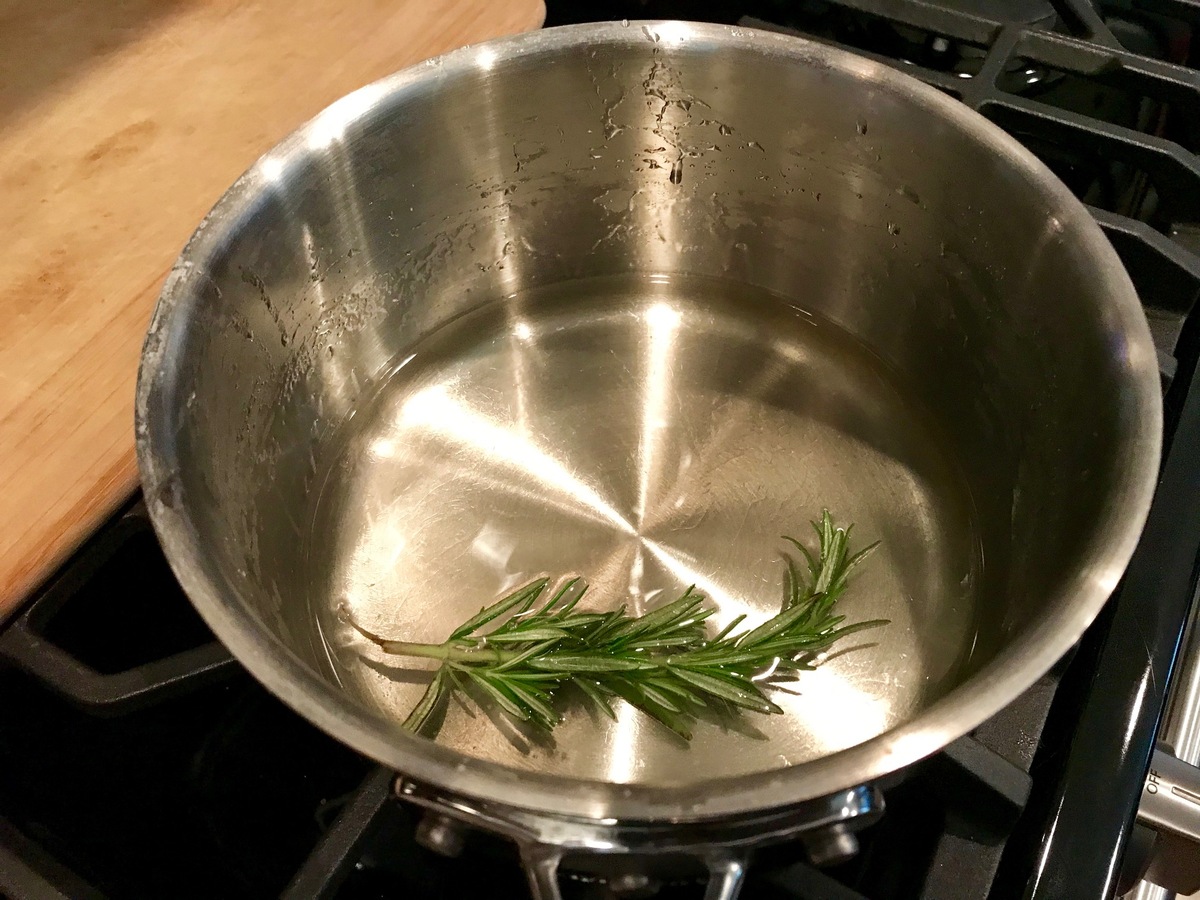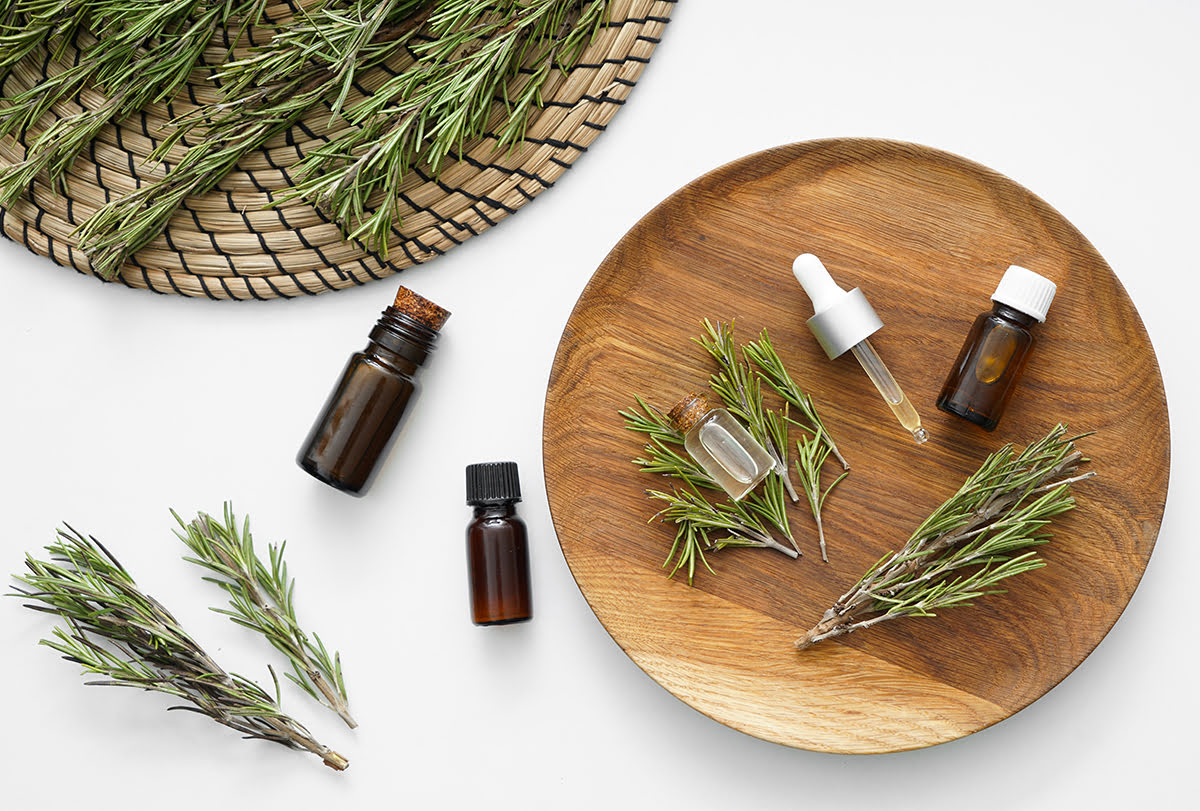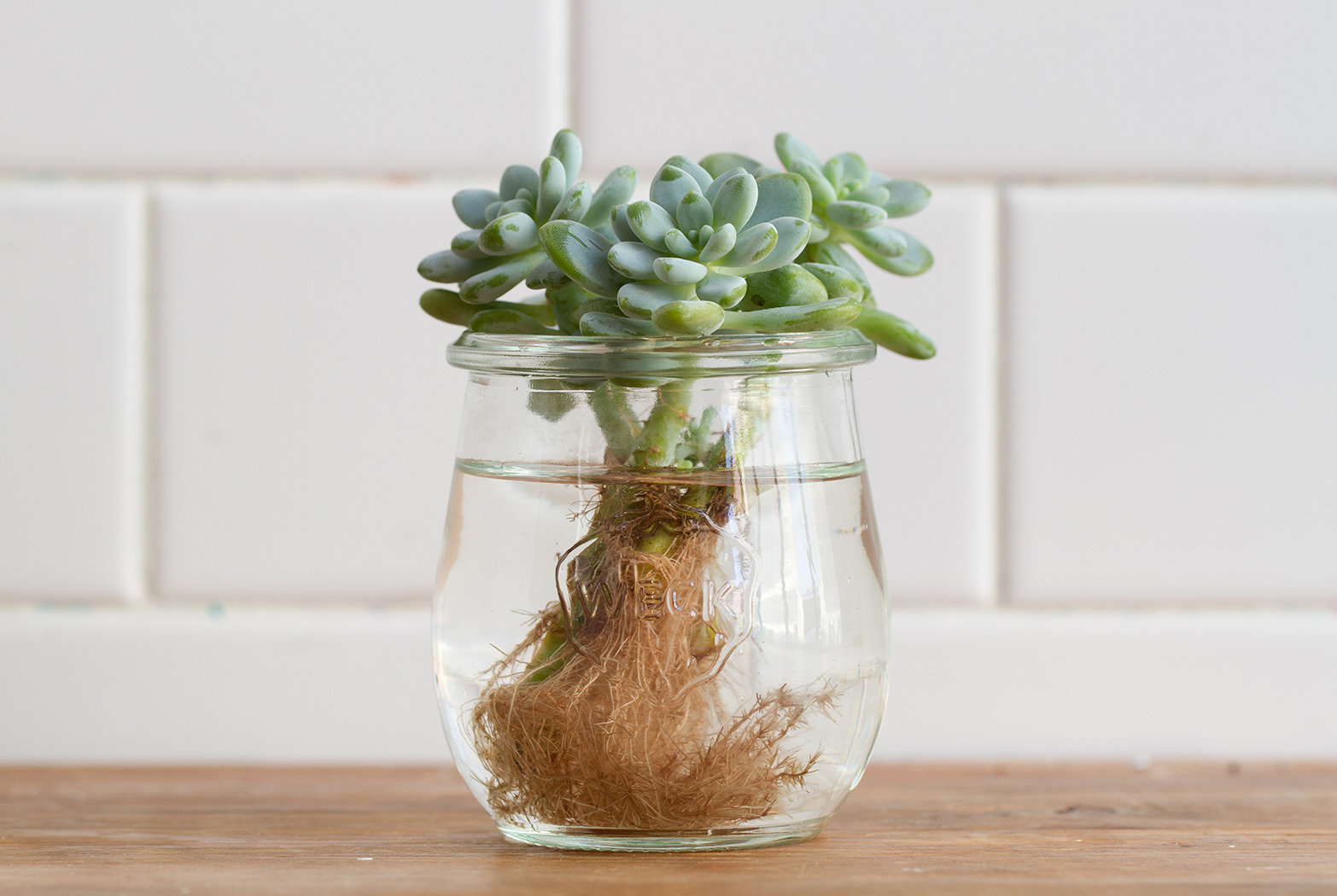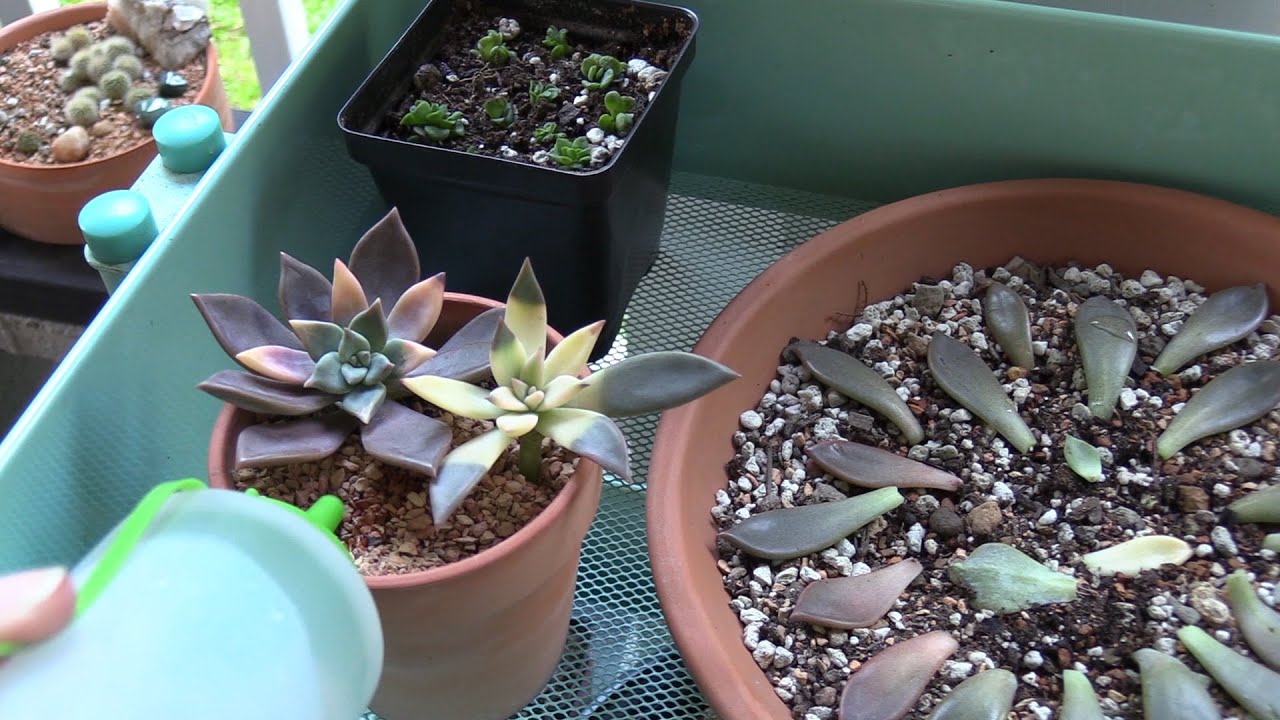Home>Gardening Techniques>Plant Care>How Do I Water My Succulents
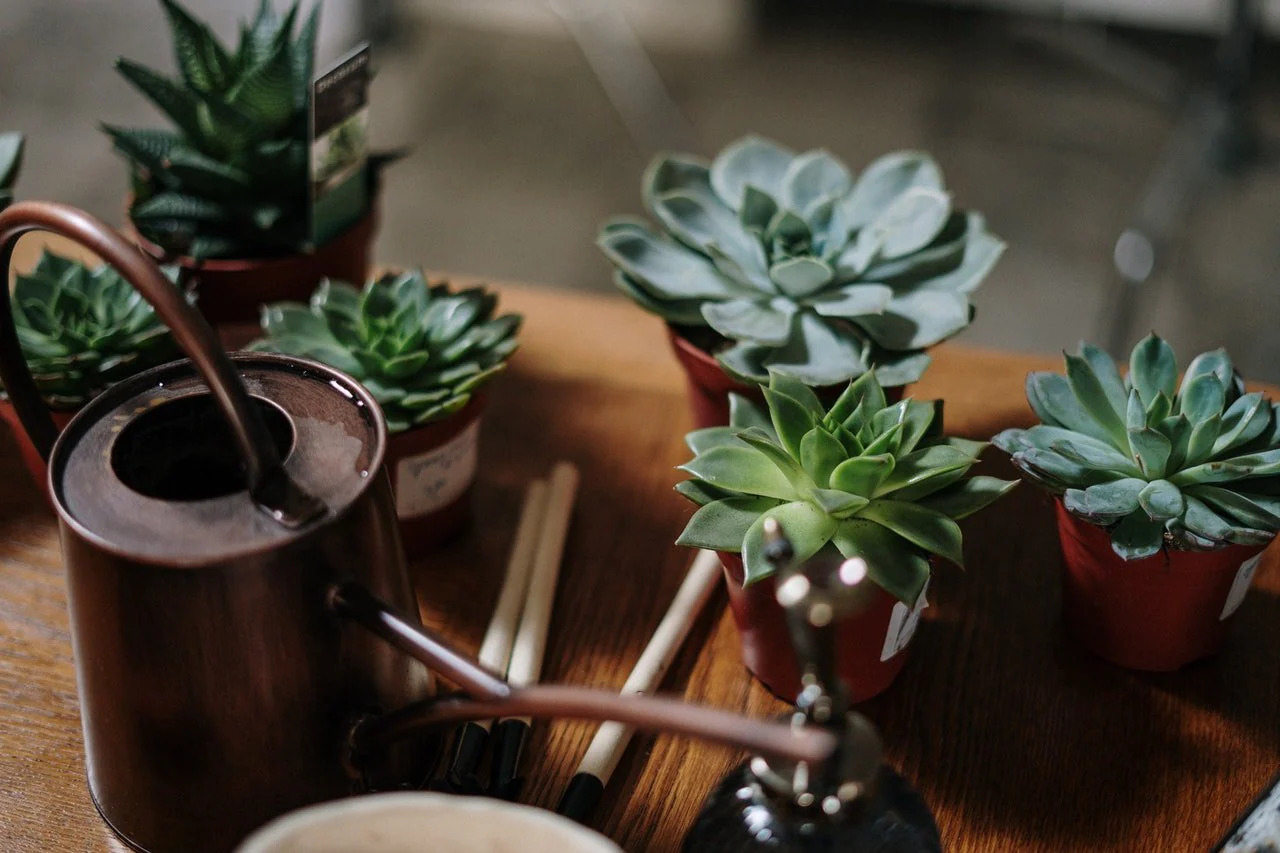

Plant Care
How Do I Water My Succulents
Modified: February 9, 2024
Learn the best techniques for watering your succulents and keeping them healthy. Get expert tips and advice on plant care for your succulents.
(Many of the links in this article redirect to a specific reviewed product. Your purchase of these products through affiliate links helps to generate commission for Chicagolandgardening.com, at no extra cost. Learn more)
Table of Contents
Introduction
Welcome to the world of succulent care! If you’ve recently adopted a succulent or are considering adding one to your plant family, it’s important to understand how to properly care for these unique plants. Succulents are known for their ability to store water in their fleshy leaves and stems, making them resilient in dry conditions. However, they do require specific care to thrive and flourish.
In this article, we will explore the art of watering succulents. Watering is a crucial aspect of succulent care, as both underwatering and overwatering can have detrimental effects on these plants. By understanding the basics of watering, choosing the right pot and soil, and implementing proper watering techniques, you can ensure the health and longevity of your succulents.
Whether you are a seasoned plant parent looking to expand your succulent collection or a beginner just starting out, this guide will provide you with valuable insights and tips for watering your succulents effectively. So, let’s dive in and learn how to keep your succulents happy and hydrated!
Understanding Succulents
Before we delve into the specifics of watering succulents, it’s essential to understand the unique characteristics of these plants. Succulents are a diverse group of plants that have adapted to survive in arid environments, such as deserts and semi-deserts. They are known for their thick, fleshy leaves, stems, and roots, which serve as water storage organs.
The ability to store water is what sets succulents apart from other plants. This adaptation allows them to withstand periods of drought and thrive in dry conditions. The succulent’s fleshy tissues act as reservoirs, storing sufficient water to sustain the plant during dry spells.
Another distinctive feature of succulents is their capacity to efficiently absorb water. Most succulents have specialized structures called “succulent leaves” or “water-storing leaves.” These leaves possess thick cuticles and epidermal layers to reduce water loss through transpiration. Additionally, succulents have a unique form of photosynthesis known as Crassulacean Acid Metabolism (CAM), which enables them to take in carbon dioxide at night and reduce water loss during the day.
Due to their water-storing abilities, succulents have adapted to environmental conditions that would typically be challenging for other plants. In their natural habitats, they have adapted to survive with irregular rainfall and long periods of drought. These resilient plants have gained popularity among gardeners and indoor plant enthusiasts due to their attractive foliage, wide range of shapes and colors, and relatively low maintenance requirements.
It’s important to keep in mind that not all plants with thick leaves are succulents. Some plants, such as certain peperomias and some types of ivy, may have thick leaves but do not possess the same water-storing abilities as succulents. Therefore, it’s crucial to correctly identify your plant as a true succulent to provide the appropriate care, including watering.
Now that you have a better understanding of what defines a succulent, let’s move on to the essential factors to consider when choosing the right pot and soil for your succulents.
Choosing the Right Pot and Soil
When it comes to succulent care, selecting the right pot and soil is crucial for their overall health and well-being. The right combination ensures proper drainage and promotes optimal root health.
When choosing a pot for your succulents, opt for a container with drainage holes. Succulents are prone to root rot if they sit in waterlogged soil for too long. The drainage holes allow excess water to escape, preventing water accumulation and potential damage to the roots. Terracotta pots are an excellent choice as they are porous and allow for better air circulation and moisture evaporation.
As for the soil, it’s essential to choose a well-draining mix specifically formulated for succulents. A common mistake is using regular potting soil, which tends to retain moisture and can lead to root rot. Succulent soil mixes are often grittier and contain materials like perlite, pumice, or coarse sand to improve drainage. Alternatively, you can create your own mix by combining regular potting soil with gritty materials in a 1:1 ratio.
When repotting, ensure you choose a pot that is slightly larger than the current one. This allows for some room for the succulent to grow while still providing a snug fit. Avoid choosing pots that are excessively large, as they can retain more moisture, increasing the risk of overwatering.
Once you have the appropriate pot and soil for your succulents, it’s time to dive into the essential aspects of watering these resilient plants.
Now that you have the right pot and soil, you’re ready to move on to the next crucial step: understanding the basics of watering your succulents.
Watering Basics for Succulents
Watering succulents correctly is essential for their overall health and growth. Unlike many other houseplants, succulents are adapted to survive in dry conditions and have unique watering needs.
The key principle to keep in mind when watering succulents is to mimic their natural environment. In their native habitats, succulents often experience periods of drought followed by heavy rainfall. To replicate this cycle, it’s important to water succulents thoroughly but infrequently.
The frequency of watering will depend on factors such as the climate, season, and type of succulent. During the active growing season, which is typically spring and summer, succulents require more frequent watering. However, during the dormant period in fall and winter, when their growth slows down, they need less water.
One mistake to avoid is the assumption that succulents only need a few drops of water. While it’s true that they are drought-tolerant plants, they still require a substantial amount of water to thrive. When watering, it’s crucial to saturate the soil completely, allowing the excess water to drain out.
One effective way to water succulents is the “soak and dry” method. This involves thoroughly watering the pot until the water flows out of the drainage holes, ensuring that the entire root ball is moist. Allow the soil to dry out completely before watering again. Testing the soil moisture with your finger can help determine if it’s time to water. If the soil is still damp or moist, hold off on watering until it dries out.
Remember, succulents are more susceptible to root rot caused by overwatering than to dehydration from underwatering. Therefore, it’s better to err on the side of underwatering than overwatering.
In the next section, we will discuss the signs of underwatering and overwatering to help you gauge the watering needs of your succulents.
Signs of Underwatering and Overwatering
Properly assessing the watering needs of your succulents is crucial for their well-being. Understanding the signs of both underwatering and overwatering will help you adjust your watering routine accordingly.
Underwatering is a common issue that succulent owners may face. Signs of underwatering include wrinkled or shriveled leaves, a wilted appearance, and a dry, crispy texture. When succulents do not receive enough water, they rely on their water storage organs to sustain themselves. As a result, their leaves may start to shrink and lose their plumpness. In severe cases of underwatering, leaves may turn yellow or brown and wither.
On the other hand, overwatering can be equally detrimental to succulents. Signs of overwatering include yellowing or translucent leaves, soft and mushy stems, and a damp or foul-smelling soil. When succulents sit in waterlogged soil for extended periods, the roots can suffocate and rot. Overwatered succulents may also exhibit wilting or drooping, even though the soil is damp.
To determine if your succulents are underwatered or overwatered, it’s important to assess the soil moisture level. Simply inserting your finger about an inch into the soil can give you an idea of its dryness or dampness. If the soil feels dry, it’s an indication that your succulents need water. However, if the soil feels consistently moist or wet, it’s a sign of overwatering, and you should hold off on watering until it dries out.
By understanding and recognizing these signs, you can adjust your watering routine to ensure your succulents receive the appropriate amount of water.
In the next section, we will discuss proper watering techniques to help you optimize the watering process for your succulents.
Proper Watering Techniques
Mastering the proper watering techniques is crucial for the health and vitality of your succulents. By following these techniques, you can provide the optimal amount of water while avoiding the risks of overwatering or underwatering.
Firstly, always water your succulents at the soil level rather than directly on the leaves. Wet leaves can make your succulents more susceptible to rot and other diseases. Use a watering can with a narrow spout or a squeeze bottle to control the water flow and target the soil directly.
When watering, aim to saturate the soil thoroughly. Water until it seeps out of the drainage holes, ensuring that the entire root ball receives moisture. This thorough watering helps flush out salts and mineral build-up that can accumulate in the soil over time.
Allow the soil to dry out completely before watering again. Succulents prefer a dry period between watering, which mimics their natural growth cycle. This dry period allows the roots to breathe and reduces the risk of root rot.
When determining the watering frequency, take into account the climate, season, and individual needs of each succulent. In hot and dry environments, succulents may need more frequent watering, while in cooler and more humid conditions, they may need less frequent watering.
It’s important to adjust your watering routine based on the specific needs of your succulents. Some succulents, like Echeverias and Sedums, have thicker leaves and can tolerate slightly drier conditions. Other varieties, such as Aloe Vera and Haworthias, have softer leaves and may require more frequent watering.
Remember, it’s always better to underwater than overwater your succulents. If you’re unsure about the watering needs of a particular succulent, it’s best to err on the side of caution and water less frequently.
As you become more familiar with your succulents and their individual needs, you will develop a watering routine that works best for them.
In the next section, we will discuss a general watering schedule that can serve as a starting point for caring for your succulents.
Watering Schedule for Succulents
Establishing a watering schedule for your succulents is essential to ensure they receive the right amount of water without risking overwatering or underwatering. While individual succulents may have slightly different needs, a general guideline can help you create a watering routine for your plants.
During the active growing season, which typically occurs in spring and summer, succulents require more frequent watering. Depending on the climate and surrounding conditions, watering once every 7-10 days is a good starting point. However, it’s crucial to monitor the moisture level of the soil and adjust the frequency as needed.
When watering, remember to thoroughly soak the soil until water drains out of the bottom of the pot. This ensures that the water reaches the deeper roots and encourages healthy root development. Allow the soil to dry out completely between watering to prevent root rot and moisture-related issues.
During the dormant season, which usually takes place in fall and winter, succulents enter a period of reduced growth. During this time, they require less water as their metabolic activity slows down. It’s advisable to reduce the watering frequency to once every 10-14 days, depending on the specific needs of the succulents and the environmental conditions.
It’s important to remember that these watering guidelines are just a starting point. Factors such as humidity, temperature, and the type of succulent can influence the watering needs. To ensure you are providing the right amount of water, it’s crucial to monitor the soil moisture level and make adjustments accordingly.
As you observe and become more familiar with your succulents, you will be able to fine-tune the watering schedule to meet their specific requirements.
Now that you have a general watering schedule in mind, let’s explore some additional tips to help you care for your succulents.
Additional Tips for Succulent Care
While proper watering is crucial for succulent care, there are additional tips and practices that can help ensure the overall health and growth of your plants. Consider implementing these tips to enhance your succulent care routine:
- Provide Adequate Sunlight: Succulents thrive in bright, indirect sunlight. Place your succulents near a sunny window or in an area with ample natural light. However, be careful not to expose them to harsh, direct sunlight for prolonged periods, as it can cause sunburn on their leaves.
- Rotate Your Succulents: To ensure even growth and prevent the stretching or leaning of your succulents towards the light, rotate them regularly. This helps maintain their symmetrical shape and encourages balanced development.
- Monitor Temperatures: Succulents prefer temperatures between 60-80°F (15-27°C). Protect them from extreme cold or hot temperatures, as they can be sensitive to temperature changes and frost damage.
- Avoid Overcrowding: Allow enough space between succulents to prevent overcrowding. Overcrowded plants can hinder airflow and create conducive conditions for pests and diseases to thrive. If necessary, repot and separate succulents to give them room to grow.
- Fertilize Sparingly: Succulents have low nutrient requirements and can thrive in nutrient-poor soil. Fertilize sparingly, using a balanced, diluted fertilizer specifically formulated for succulents, and only during the active growing season.
- Manage Pests: Keep an eye out for common succulent pests like mealybugs, scale insects, and spider mites. If you notice any infestation, remove the affected parts and treat the plants with an appropriate insecticide or use organic pest control methods.
- Allow for Dormancy: During the dormant season, reduce watering and avoid fertilization. This period allows the succulents to rest and prepare for the active growth phase.
- Observe and Learn: Pay attention to the specific needs and behavior of each succulent variety in your collection. Not all succulents have identical care requirements, so observe how they respond to water, light, and temperature to tailor your care practices accordingly.
By incorporating these additional tips into your succulent care regimen, you can ensure the optimal growth and well-being of your plants.
Now that you have a comprehensive understanding of succulent care, you are well-equipped to nurture and enjoy your succulent collection to the fullest!
Conclusion
Caring for succulents is a rewarding and enjoyable endeavor. With their unique water-storing adaptations, these resilient plants can thrive in arid conditions with minimal care. By understanding their specific needs and following proper watering techniques, you can ensure the health and longevity of your succulents.
Remember, the key to successful succulent care is finding the right balance between providing enough water for their needs while avoiding the risks of overwatering and underwatering. Mimicking their natural environment and closely monitoring the soil moisture level are essential practices. Always water at the soil level, saturate the soil thoroughly, and allow it to completely dry out before watering again.
Choosing the right pot and soil, monitoring for signs of underwatering or overwatering, and adjusting your watering schedule accordingly are all crucial steps in achieving successful succulent care. Additionally, providing adequate sunlight, rotating plants regularly, providing proper temperature conditions, and implementing good pest management practices contribute to the overall well-being of your succulents.
Ultimately, caring for succulents is a learning process that requires observation, patience, and adapting to the individual needs of each plant. As you become more experienced and attuned to the unique characteristics of your succulents, you’ll develop a care routine that works best for them.
Now, armed with the knowledge and tips shared in this article, you’re ready to embark on a successful succulent care journey. Enjoy the beauty and diversity of your succulent collection, and may your green thumb continue to flourish!

